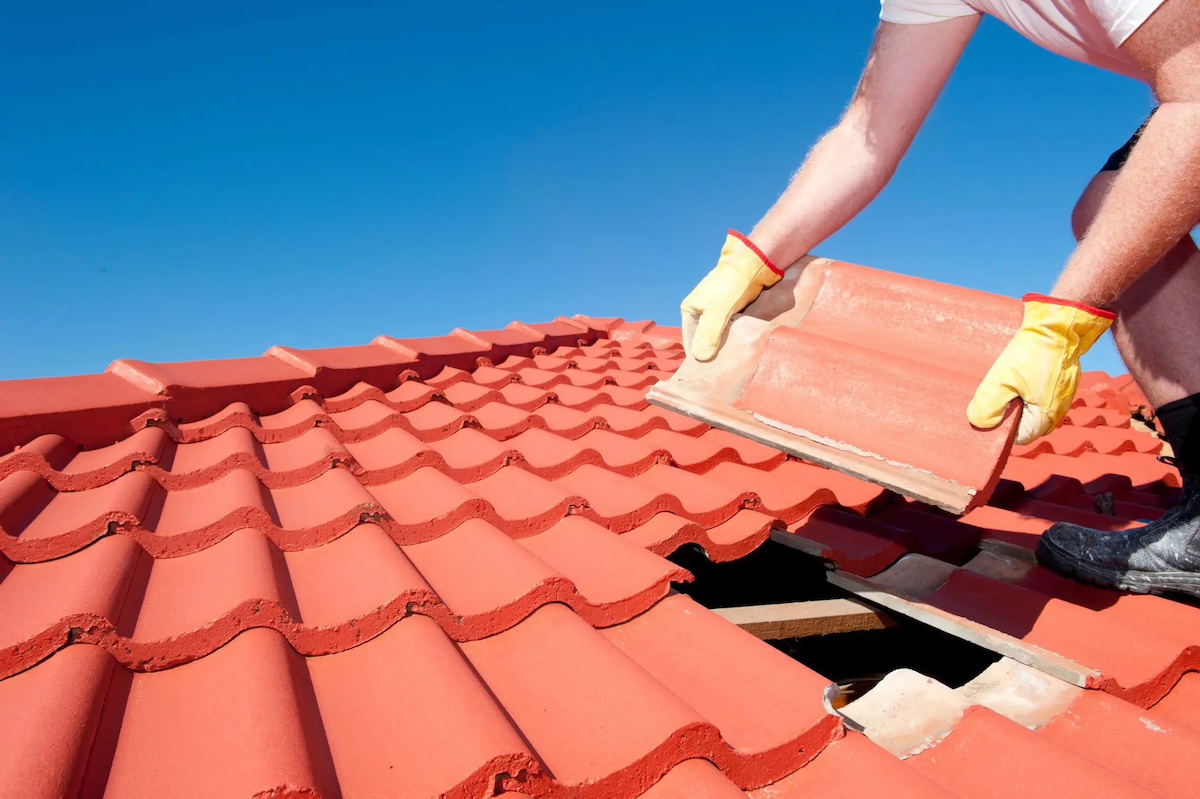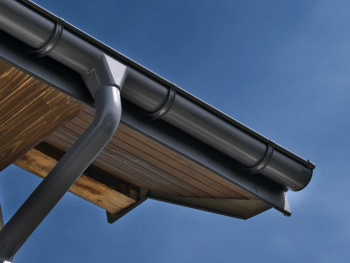Maintaining your roof in good condition is essential for protecting your home from water damage and ensuring its structural integrity. While major roof repairs should be left to professionals, there are several minor issues that you can address yourself with basic tools and materials. In this article, we'll explore some common DIY minor roof repairs that homeowners can handle themselves to prolong the life of their roof and prevent costly damage.
1. Repairing Shingles:
Missing, damaged, or curling shingles are common issues that can lead to roof leaks and water damage. To repair shingles, start by carefully removing the damaged shingle using a pry bar or hammer. Slide a new shingle into place, ensuring it overlaps the adjacent shingles and aligns with the existing shingle pattern. Secure the new shingle with roofing nails and seal the edges with roofing cement to prevent water infiltration.
2. Sealing Leaks:
Leaks can occur around flashing, vents, and chimney stacks, leading to water intrusion and damage to your home's interior. To seal leaks, inspect the affected area for signs of damage or deterioration, such as cracked or loose flashing. Use roofing cement or silicone sealant to fill any gaps or cracks and create a watertight seal around flashing, vents, and other penetrations.
3. Clearing Gutters and Downspouts:
Clogged gutters and downspouts can prevent proper drainage of rainwater, leading to water backup and potential roof damage. Use a ladder and gloves to safely remove debris, such as leaves, twigs, and dirt, from gutters and downspouts. Use a garden hose to flush out any remaining debris and ensure unobstructed water flow away from your home's foundation.
4. Fixing Minor Roof Deck Damage:
Over time, roof decking can become damaged due to moisture, rot, or pests, compromising the integrity of your roof. To fix minor roof deck damage, carefully remove the damaged section using a saw or pry bar and replace it with a new piece of plywood or OSB (oriented strand board). Secure the new decking with nails or screws and seal the seams with roofing cement to prevent water infiltration.
5. Securing Loose Flashing:
Flashing is installed around roof penetrations, such as chimneys, vents, and skylights, to prevent water infiltration and leaks. Over time, flashing can become loose or damaged, allowing water to seep into your home. Use roofing nails or screws to secure loose flashing and replace any damaged sections as needed. Seal the edges with roofing cement or silicone sealant to create a watertight seal.
6. Patching Roof Leaks with Roofing Tape:
For temporary fixes on small leaks or holes in your roof, roofing tape can be an effective solution. Clean the area around the leak, apply roofing tape firmly over the damaged area, and smooth out any air bubbles or wrinkles. Roofing tape provides a temporary seal to prevent water from entering your home until a permanent repair can be made.
Tackling minor roof repairs yourself can help prolong the life of your roof and prevent costly damage to your home's interior. However, it's essential to prioritize safety and know your limitations. If you're unsure about the extent of the damage or how to properly repair it, it's best to consult with a professional roofing contractor. With proper maintenance and timely repairs, you can keep your roof in good condition and protect your home for years to come.




